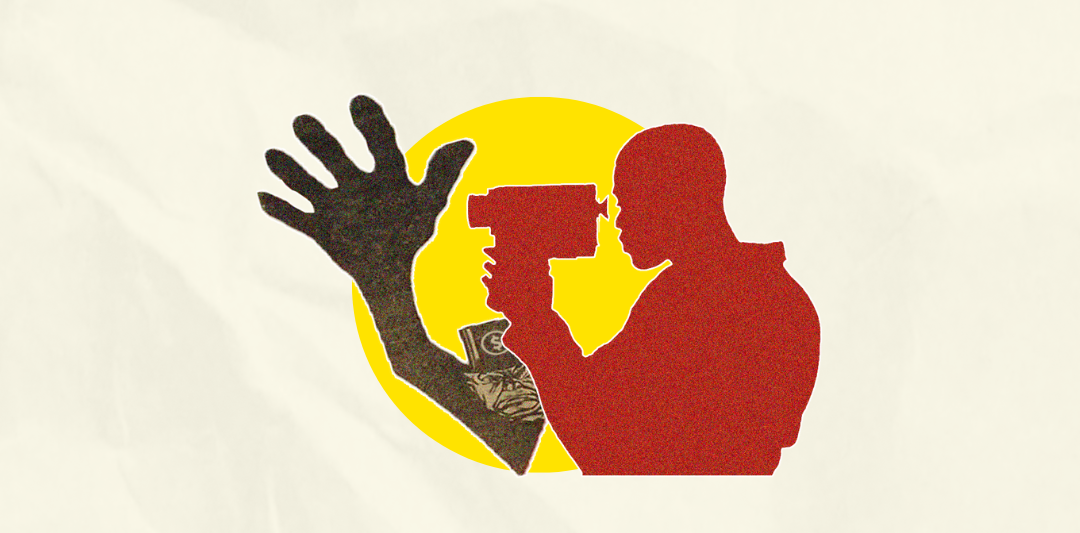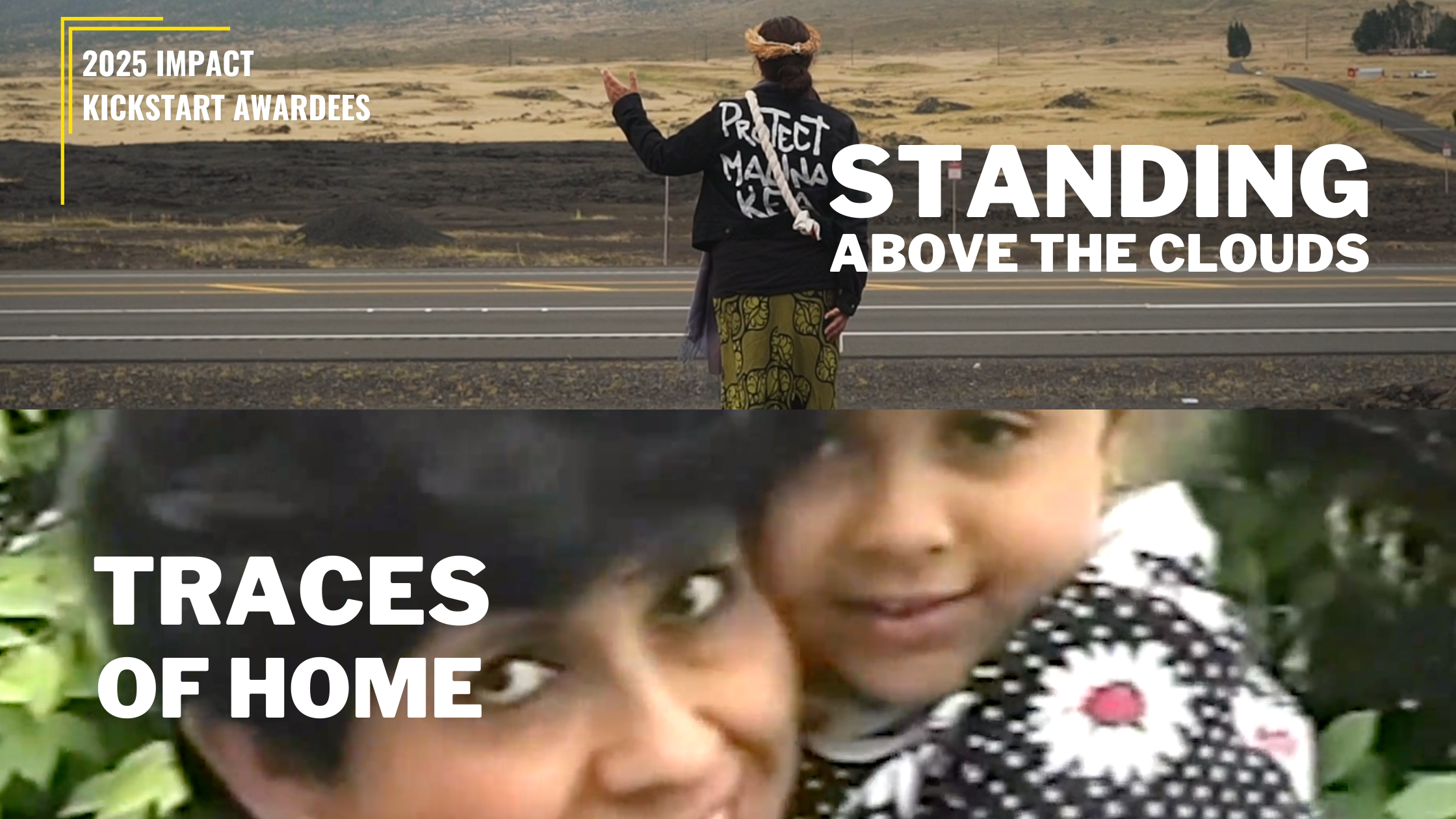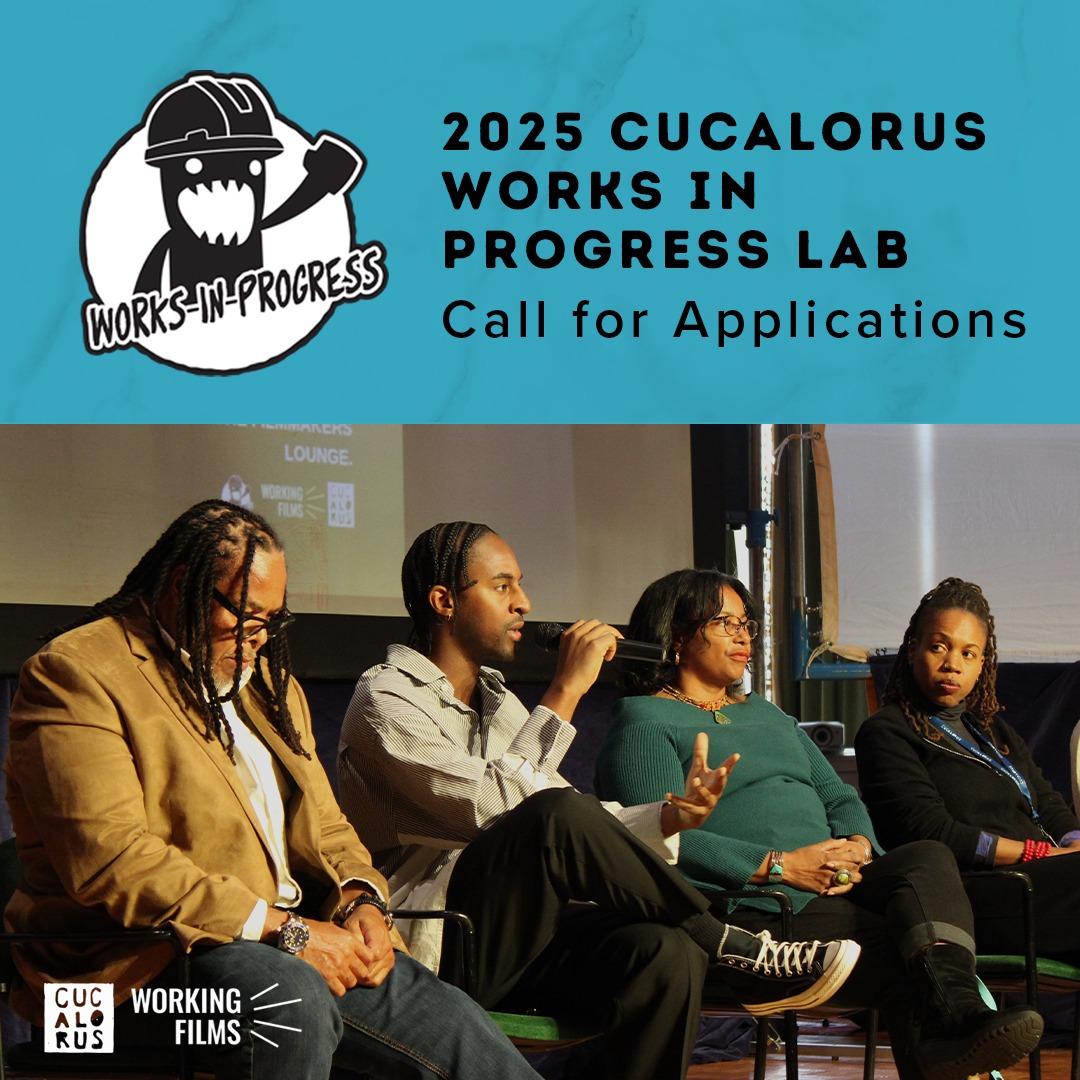Interviewed by Natalie Bullock Brown.
N: Start off just by giving us your name, tell us a little about where you’re from, and how you got into filmmaking.
J: I’m Jacqueline Olive. I am a director, producer, and writer of films, and primarily documentary films. I got into filmmaking because I fell in love with still photography and the power of an image to not just give you the information and facts of a situation or an event but to really bring you there so that you experience and you feel what goes on in a particular moment that you’re capturing. I was taking photographs of my son, I took probably ten thousand photographs of him by the time he was two and then was hooked. So, I decided to work in the industry and got hired to shoot news, sports, and weather for an NBC affiliate in my hometown in Mississippi. Loved a lot about it, but didn’t like that they were 60 second news packages. If you were lucky, you got to make 90 second news stories. I wanted to tell more in-depth stories and really looked into how I could do that and studied documentary film at the University of Florida and just moved into the industry from there.
N: Tell us about Always in Season and how that came about.
J: Always in Season is a documentary feature that examines the lingering impact of more than a century of lynching African Americans. I filmed in eight or nine communities across the country with relatives of the perpetrators and the victims of lynching, looking at how they were on a very grassroots level, looking at how they might be able to honor the victims, to acknowledge them, to repair the damage and lay the groundwork for reconciliation. The film ties that work around historical lynchings but through a very contemporary lens about the impact of what’s going on right now. We tie that in the film to the story of the 17-year old named Lennon Lacy who was found hanging from a swing set in 2014. Many people, including his mother Claudia, believes that he was lynched. So, we follow her journey to get an FBI investigation opened into the case.
I had been filming in communities across the country. So, I understood the horror that people faced historically around lynching. I had also moved back home to Mississippi and was there for seven years. During those seven years, I heard of at least four cases of young black men found hanging from a tree publicly from their own belts. Sadly, it was a very common story. I wasn’t even working on a film about lynching at the time.
N: What drew you to that story? I understand the work that you were doing in communities around lynching. What drew you specifically to Lennon’s story and to the community that he was apart of?
J: I just heard it incidentally. That stuck with me when I heard in the media about Lennon’s death. I couldn’t imagine how a mother could deal with that level of trauma. My son was 17 at the time. I just couldn’t imagine. I wanted to reach out to see what was going on there, how I might be able to help.

I went there with that intention. The idea was to talk to everyone. I was never looking at the story as just whether Lennon was lynched or not. The driving force for me is how the police investigated his death. They did not consider the history of lynching terror in this country. They also didn’t consider the racial divisions that are going on in Bladenboro.
N: At what point did you decide that in the telling of Lennon’s story, it was important for you to really incorporate the input of not only Lennon’s mom, but also the community?
J: For me, beyond the question of whether Lennon was lynched, was all the ties that were going on in that community that have been happening historically. The police very quickly, sweeping the death under the rug with a cursing investigation that’s happened historically. A community that’s left with stories, left with speculation, and rumor. That’s also reflected in communities that are dealing with historic lynchings. That’s what drove me there was to find out, not just what was going on around Lennon’s death, but to really suss out the impact on the entire community.
N: Since you were not apart of Bladenboro, how did you negotiate that outsider relationship that you had to the community? How did you approach the community? How did you approach Ms. Lacy? How did you do all of that to really pay honor and respect to the fact that you were coming in wanting to tell a story that wasn’t your own?
J: That’s a good question. Questions of representation when you’re a filmmaker, making a film in a community that is not your own are really important. They are questions that I ask of myself regularly. Not just about how I approach people but am I telling the story that accurately reflects what’s going on in the community and their experiences? And so a couple of things, there’s one: I’m from Mississippi. I’m from the South. I’m a Southerner. So, there are things that I know even though I didn’t grow up in a small town. Bladenboro is 1700 people. It’s small. Even in the scope of what people consider to be rural areas.
There’s a lot that I know about the South. There is a lot that often is not portrayed about the South that I started to see on the ground that reminded me of my experience in Mississippi and also things that I had anticipated seeing. I’m also an African American filming a story in part about an African American community and their experience around this horror. It was really important for me to show up in a way that is ahistorical. Historically, the story of African Americans around lynching terrorism have been covered up and they’ve been denied. It was really important to dig in and to really reflect everyone in the community. Folks that are black, white, and people of color about their experiences there around Lennon’s death.
I reached out at first to Claudia and understandably Claudia wasn’t able really to engage with the media and didn’t want to engage with the media. Quite understandably, because she was deep in grief. I talked with Pierre and was really impressed as I spoke with him about how sincere he was. Neither Claudia or Pierre, by the way, said initially that they were convinced that Lennon was lynched or that they were convinced that he committed suicide. They both said that they wanted answers. They wanted to know what happened, regardless of where that led them. So, I understood very early on that the family had a lot of integrity. I reached out and connected with people in the community who did believe that Lennon was lynched like his friends, his neighbors, and people in the area who knew him. And it showed up across race. The other really interesting thing is that I expected that people would have various things to say about Lennon’s character. As it is with most people, you get some people who like you, some people who don’t like you. Literally, everyone that I talked to said what a beautiful person Lennon was and that he was a kind, warm, loving person. And it was a loss of everyone in the community, even when they thought they he committed suicide.
I spoke with people who didn’t believe that he was lynched. I really wanted to reach out and make sure to cover all of my bases so that I could understand fully what’s going on from a multitude of perspectives, including the officials, the police officers, the medical examiner, the DA’s office.
Read the full interview here.





